Workpackages
The objective to establish a connection between the agricultural product microbiome with the consequences of consumption of that agricultural product for human health is a highly ambitious goal, that has so far, to our knowledge, not been pursued and can only be resolved through rigorous experimental and multi-disciplinary research. This will be achieved with a consortium consisting of academic partners, who will hire 3 PhD students, 2 postdocs and a technician, in combination with a large group of partners and stakeholders. We will make use of farmer fields and organically and conventionally produced open field vegetable crops (available through the network of our partners) and experimental facilities (at SILS and AUMC) and will use a substantial budget for sequencing. The work plan consists of 5 work packages:
Workpackage 1: Agricultural intervention
Workpackage 2: Human intervention
Workpackage 3: Data integration and modelling
Workpackage 4: Societal impact of the interventions
Workpackage 5: Outreach and communication
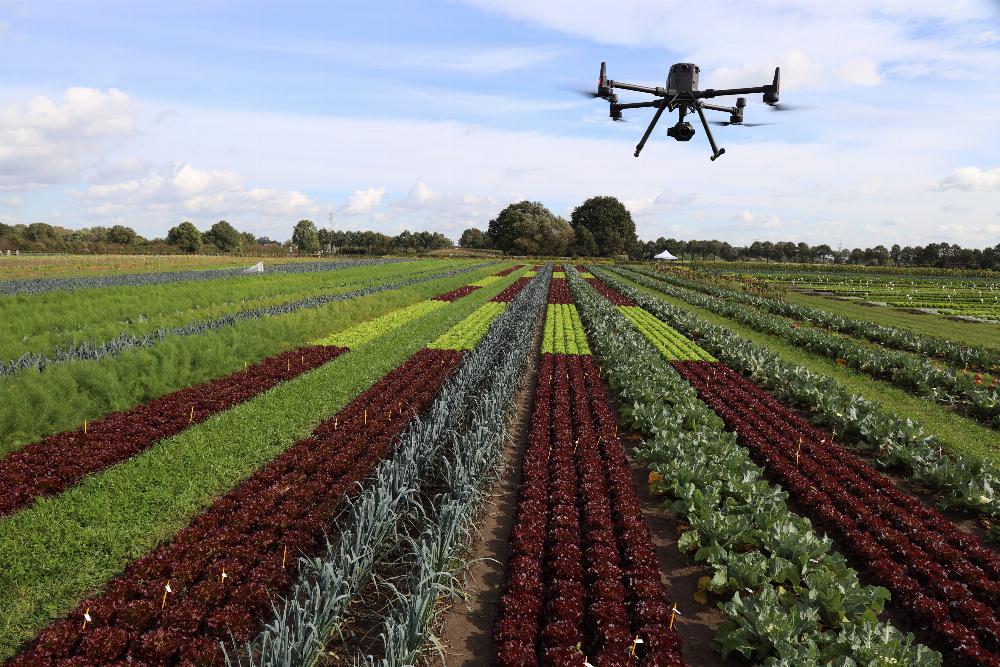
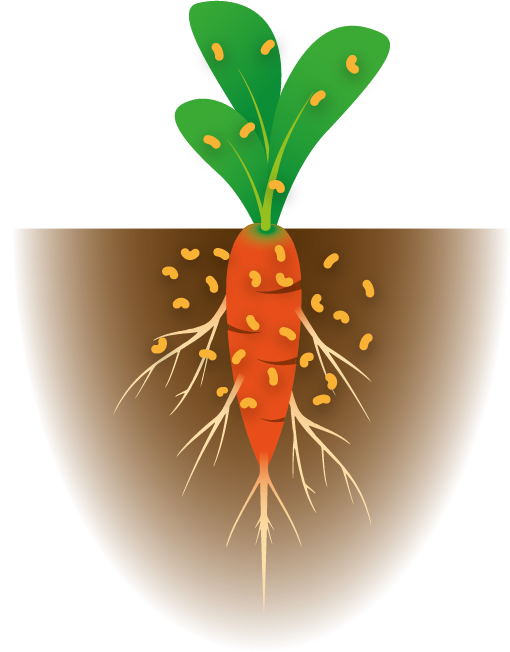
Workpackage 1: Agricultural intervention
In this workpackage we will:
determine whether the microbiome community/functionality differs between low-input and high-input farming.
determine whether the change in the microbiome can be linked to changes in the crop metabolite composition.
determine how crop genotype influence these shifts.
dissect how low-input and high-input farming-associated fertiliser use affects microbiome recruitment.
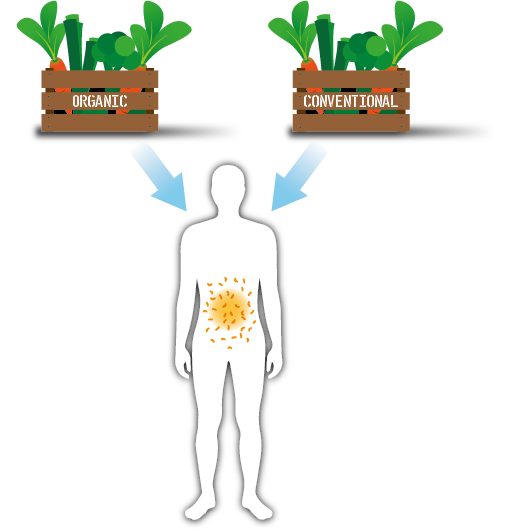
Workpackage 2: Human intervention
In this workpackage we will:
investigate effect of low-input versus high-input agricultural product packages on the human gut microbiome and health.
demonstrate direct transfer of microbes from experimental crops to the human gut.
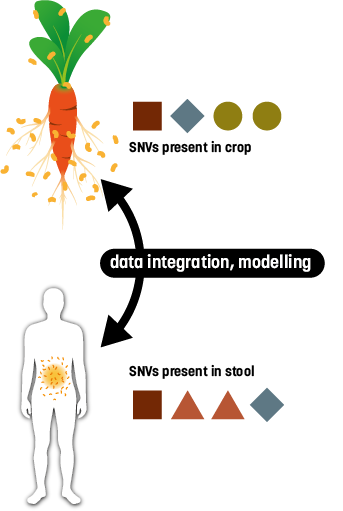
Workpackage 3: Data integration and modelling
In this workpackage we will:
establishes a relation between low- and high-input agricultural products and gut microbiome and metabolic health markers.
yield results on two types of effects: direct and indirect.
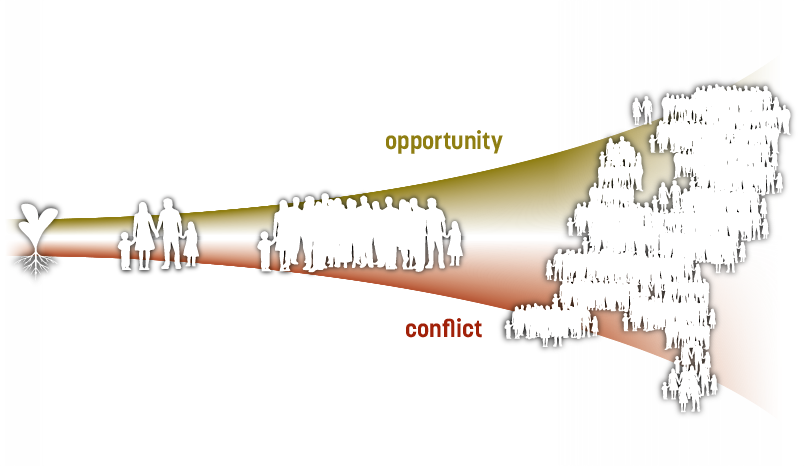
Workpackage 4: Societal impact of the interventions
In WP4 we try to gauge the potential for societal impact by closely looking at the interventions that are already undertaken in WP 1 and 2. The core idea underlying this approach is that impact can better be researched where it is already appearing and that we can learn a lot by studying what we are doing.
We research impact, particularly in terms of medicalization and politicization in four ways:
Theorizing the relation between food and health technology
Studying the impact of MicroHealth on practices of food production and food consumption among household members, farmers and other stakeholders
Reflecting on assumptions and experiences in our consortium and learning from them
Studying the resonance of microbiome assisted products on social media
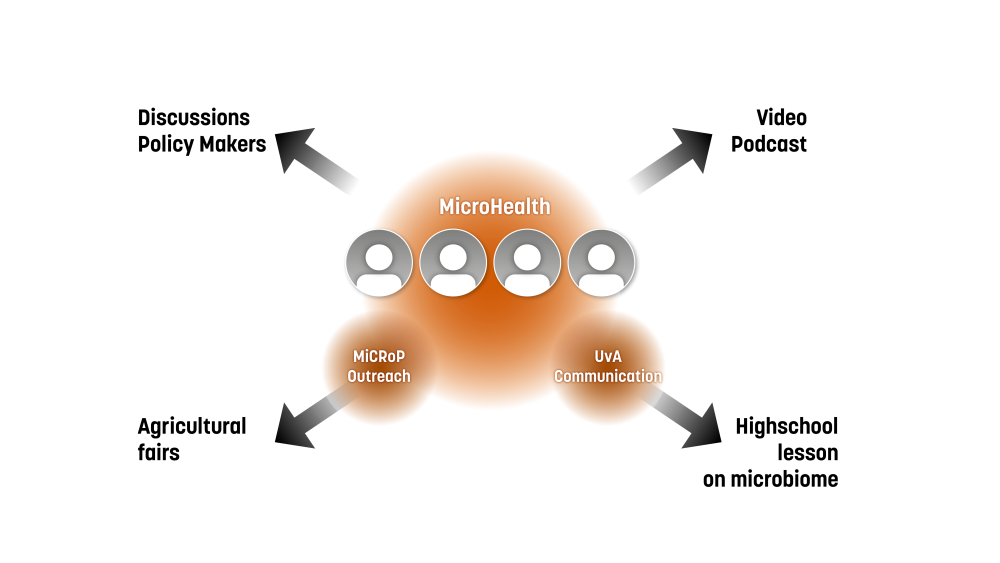
Workpackage 5: Outreach and communication
Stakeholder involvement will be secured by biannual user committee meetings. With the MicroHealth consortium, UVA Communication and the MiCRop outreach office we will develop a communication, outreach and social media strategy to achieve two-way interaction with the general public and farmers. Hereto, we will develop activities, such as Science Cafés, blogs, YouTube movies, Agricultural fairs, museum exhibitions, Speakers Academy, and a highschool lesson around the microbiome. In addition, a website will be developed, with information on the project, accessible to the general public, but also targeting health/medical and agricultural professionals.
